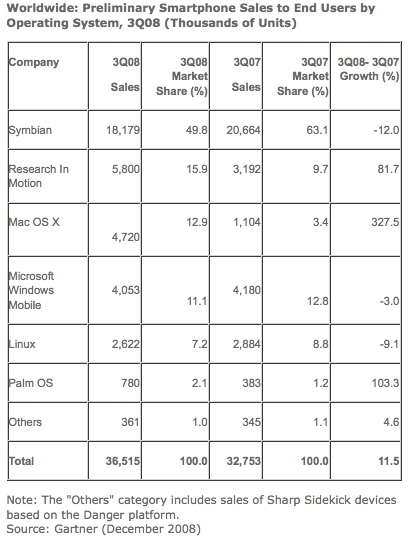Palm's CES news. Just in time or too late?

Palm may be in a good position to generate some buzz at the Consumer Electronics Show - and a major announcement about its long-time-coming operating system, called Nova, could be the thing it needs to grab the spotlight. It shouldn't be too hard to make some noise at CES this year. From what I can tell, tech's show-of-shows is gearing up to be significantly slower than previous years. (I hear there are still hotel rooms available on the Strip.)
But is it too late for Palm to jump back on to this stage? After all, the smartphone playing field got pretty crowded, pretty fast. iPhone, Android and a whole new line of Blackberrys have hit the scene hard in last year or so. I can't help but wonder if Palm - considered a pioneer with its original Pilot PDA - may have lost some of that brand cachet, especially among a new generation that doesn't remember the Pilot, Tungsten or even Treo.

Fellow ZDNet blogger Matthew Miller makes a good point about the Centro, which was last year's debut, being a nice premium phone but not a powerhouse that can compete with the iPhone, the Blackberry portfolio or even Google's Android. If Palm truly wants to remain in the mobile game in 2009, it needs to position itself into the mix of choices that enterprise and consumers have today by offering a strong contender.
Forrester Research is projecting that, despite the economy, enterprises will continue to make mobile initiatives a priority. The research firm said, is one way companies can reduce costs, improve efficiency and stimulate productivity. The report notes:
In 2008, Forrester’s survey results show that between 40% and 60% of enterprises in North America and Europe identified more mobility support to employees, implementation of fixed-mobile convergence (FMC) solutions, and formalization of a mobile strategy as critical priorities. We expect a similar priority rating in 2009. Why? Mobile applications and solutions let enterprises cut costs and improve employee productivity or worker efficiency — all important initiatives in a constrained business environment. In contrast, mobile initiatives will have a lower priority among small and medium-size businesses (SMBs) that, instead, will focus on their core business competencies during the difficult economic environment. Mobility vendors of all types must develop strong return on investment (ROI) analysis and case studies justifying investments in their products — whether it is third-generation (3G) data services or software to manage mobile devices.
So the window may be opening for Palm. But how long will the opportunity be there? What might the smartphone landscape look like this time next year? Better yet, what might the smartphone landscape look like by the time CES rolls around. Macworld is earlier that same week and the only buzz I've heard from the Mac rumor mill is an iPhone Nano. But you know what we think about Apple rumors.